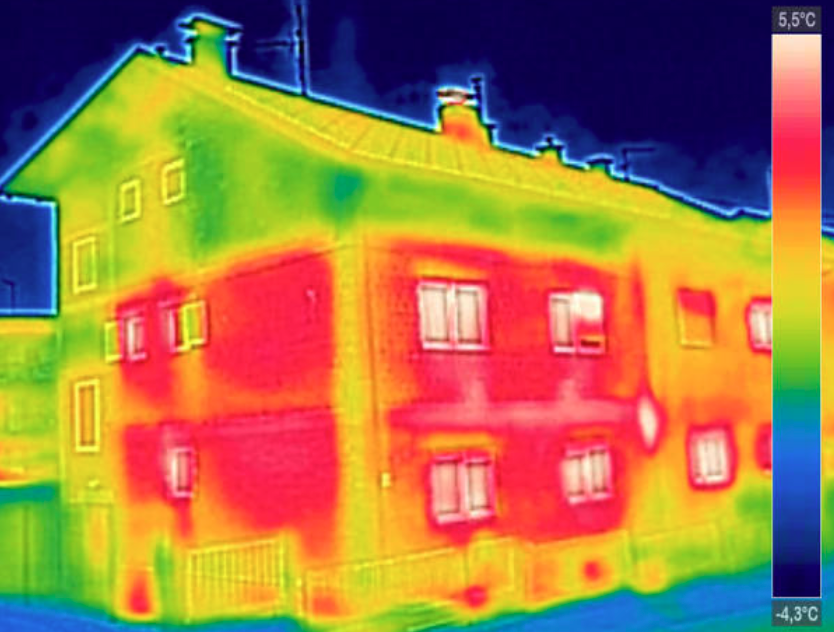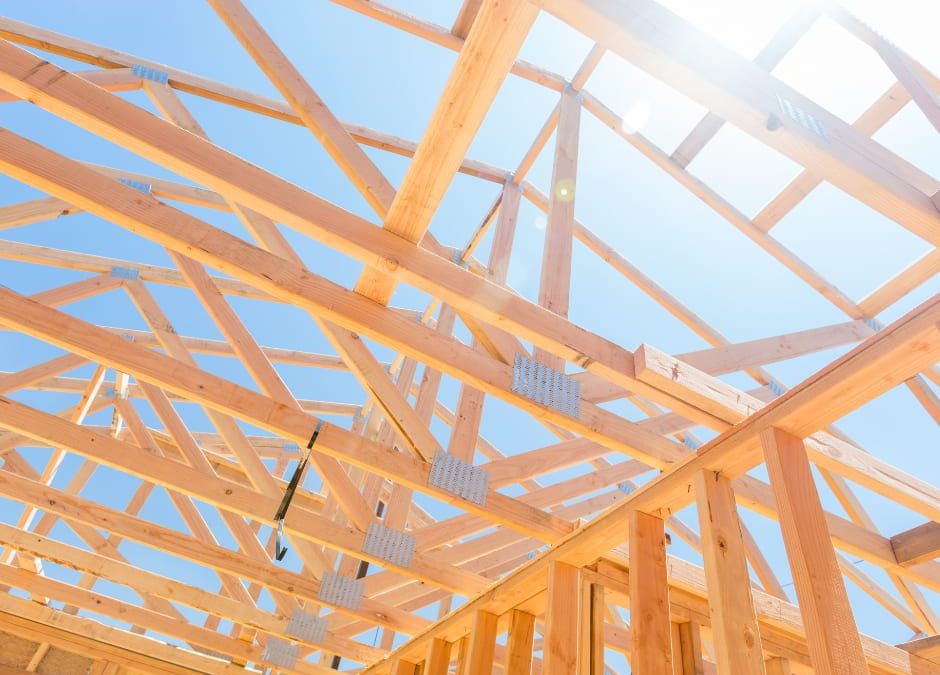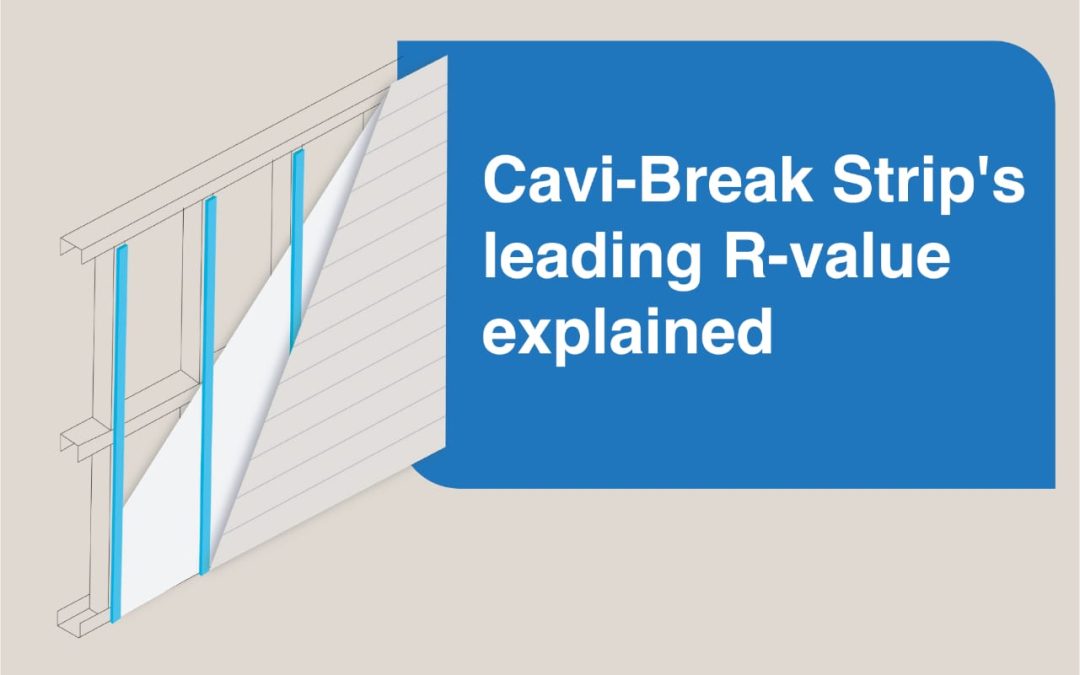But this trend has also given rise to condensation-related issues that must be addressed when using any type of lightweight cladding.
The National Construction Code (NCC) sets out the performance criteria for condensation and water vapour management quite clearly:
H4P7 Condensation and water vapour management
Risks associated with water vapour and condensation must be managed to minimise their impact on the health of the occupants.
The NCC also provides further clarification on how to facilitate the removal of water vapour:
2.3.1 External wall construction
To facilitate the removal of water vapour from a wall, the NCC requires a pliable building membrane be permeable to water vapour in certain locations. This is because in cooler climates if internal spaces are heated for parts of the year, the risk associated with trapped moisture can negatively affect building elements and the health of the occupants. The permeability of the membrane not only reduces instances and severity of condensation but improves drying potential when condensation occurs. (Climate Zones 4,5,6,7 and 8)
In Clause 10.8.1 of Vol 2, the NCC states that you can’t install cladding directly fixed to the frame without a drained cavity if there is no sarking.
In climate zones 1, 2 and 3, no pliable sarking is required but reflective sarking can be used.
If reflective sarking is used, it requires a 20mm air gap on the outside of the sarking to enable it to work.
Where sarking is installed in climate zones 4 and 5 it has to be Class 3 or 4 vapour permeable barrier. In climate zones 6, 7 and 8 it has to be a Class 4 barrier.
There is a difference between ‘breather’ sarking and ‘vapour permeable’ sarking. Some foil sarking has holes inserted into the foil sarking to make it ‘breathe’ however these are not considered vapour permeable nor a moisture barrier.
So, What Does All This Mean?
In warm, humid climates (see tropical Australia along the coast), you need to prevent the warmer outside air and its water vapour from reaching the frame and the internal linings, as this is where condensation is likely to form and cause mould and rotting of timber frames.
This is particularly important in buildings where air conditioning is used throughout the year. Preventing the water vapour from reaching the framing can be done by using an air gap behind the cladding material and reflective foil sarking over the timber frame.
In colder climates zones (see Tasmania, Victoria, parts of South Australia and the alpine regions), the need for a cavity increases due to the higher incidence of water vapour condensing at the point where it can’t travel any further within the external wall.
This is usually at the back of the cladding if it is direct fixed or the back of the sarking if it is non-permeable. The warm air from heating the internal spaces will cause moist water vapour to travel towards the external wall and if there is no air gap behind the cladding, the condensation will form on the back of the cladding or at the back of non-permeable sarking and cause mould and rot to form on both the cladding and the timber frame.
What size should the air gap be for the best results?
Over in New Zealand where they have been dealing with the issue of ‘leaky buildings’ since the early 2000s, the government building guidelines require a cavity of between 18mm and 25mm using a cavity batten that is at least 45mm wide when lightweight cladding is used.
The Building Research Association of New Zealand (BRANZ) has done significant research into the use of cavities behind lightweight claddings and has found that using cavities helped the building elements to dry out faster.
If moisture penetrates timber elements such as studs behind the cladding, it can take up to 10 times longer for the timber to dry out. In colder climates this presents a significant problem and is the main cause of rotting frames and mould inside wall frames.
To understand more about the need for cavities, the following is from a BRANZ article in Build 183 April/May 2021: “While the choice of cavity depth for brick veneer was set by trade practice – including the need to be able to clear mortar droppings – there needed to be some science behind the depth for cavities in typical lightweight claddings.
The main consideration was to ensure that the building wrap did not create a capillary bridge across the cavity, thereby allowing water to pass from the wet cladding to the dry building wrap.
A deeper cavity would maximise the amount of incident water that could drain down the back of the cladding. A narrowed cavity would restrict ventilation rates behind the cladding.
The bulging of underlay caused by installing insulation in stud cavities meant that narrow cavity options like 6 mm or 10 mm were too small to reliably minimise the risk, given tolerances in the real world. Deeper cavities had no more drainage capacity, and the increased ventilation was not significant.
This led to nominally 20 mm cavities being chosen as the most pragmatic solution.”
Manufacturers confirm cavities are needed behind lightweight cladding
Manufacturers also understand the need for cavities behind lightweight cladding and the following articles highlight the need for cavities:
“Lightweight cladding, such as fibre cement or metal sheet, typically have a lower moisture buffering capacity and are often constructed without a cavity behind the cladding. The result is that the risk of external and internal (condensation) moisture migration to the frame and insulation is increased. This risk is further increased if there is no cavity behind the cladding, resulting in the cladding being in direct contact with the frame and reducing the drying potential of the wall system.”
Bradford Insulation – ‘Wall Wrap for Lightweight Clad Construction’
“It’s now more common to use lightweight cladding materials in roofs and walls, as well as more wall and ceiling insulation to reduce heat transfer, allowing some surfaces to become cold creating a dewpoint for moisture to condense on.
And with a push to make structures airtight and more energy efficient, it’s much harder for moisture to escape. In basic terms, new building design has created more cold surfaces and increased the volume of moisture throughout the building envelope.”
Bradford Insulation – ‘The Real risks of moisture and mould’.
“Due to its high reflective properties, Bradford Thermoseal Light Duty Facing acts as lightweight radiant barrier and with an associated air space of 20mm provides thermal insulation in domestic, industrial and commercial buildings.” From Bradford Insulation – ‘Thermoseal and Facing Foils Light Duty Facing’
Problems for the Building Industry
While the NCC currently allows for direct fix of lightweight cladding to timber frames, you would wonder what liabilities are emerging for builders who use the direct fix method.
As more information comes to light and homeowners become aware of the potential for mould to grow inside their homes, will builders be challenged over unhealthy homes?
The best solution is to move quickly to cavity construction and prevent the risk of future liability.
ATI Cavi-Break Strips are the Solution
ATI Cavi-Break Strips are the perfect solution to mitigate the effects of thermal bridging, increase the total ‘R’ value of the external walls and create a 20mm cavity all from one product.
By using ATI Cavi-Break Strips, you can reduce the level of insulation in the wall as the overall ‘R’ value is maintained with the strips or you can increase the ‘R’ value of the wall using the same wall insulation and potentially reduce the requirements in other areas. Or you could just create a better insulated home with the obvious thermal and energy benefits to the homeowners.
ATI Cavi-Break Strips respond to all the issues discussed above by providing a better thermal break that that required by the NCC and creating the most pragmatic cavity for condensation management required by cladding manufacturers and industry experts.
ATI Cavi-Break Strips are available for your project now so reach out us for further details and to discuss how ATI can improve your next projects.
To find out more about ATI you can connect with us on LinkedIn or contact us here.



